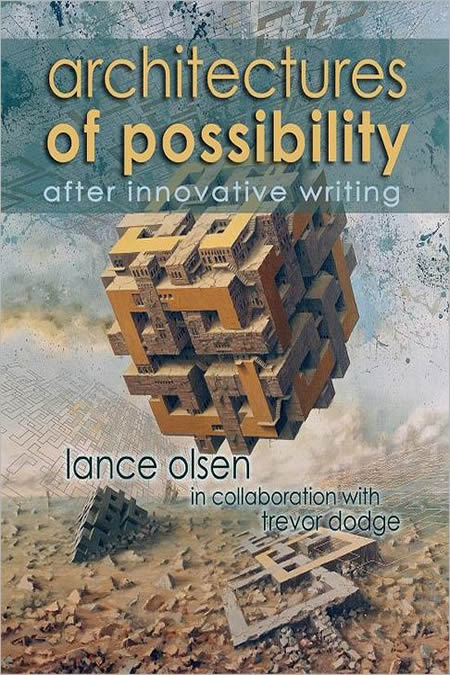
It’s almost as if we’re meant to believe that Neely’s murder was a case of “suicide by vigilante.” He was, the story implies, almost asking for someone to kill him. Neely is depicted as ranting, homeless, troubled, erratic, violent, mentally ill and ready to die. There’s even a gratuitous description of Neely urinating in public, though surely at some point in his life Penny had done the same. His life is reduced to his rap sheet, his arrests, his confinements to the psych ward. When the Times turns to Neely, we are treated to sketches in urban pathology–the portrait a troubled black youth, who has been in decline since high school. He wanted to become a bartender in Manhattan and a good citizen in the city he loved. Yes, he too was jobless, but unlike Neely, he had aspirations. Penny is described as easy going, a people person, an unstressed former Marine who loved surfing.


Within a few days of the killing of Jordan Neely, the Times was out with a piece by Michael Wilson and Andy Newman that softened the image of Daniel Penny, the unemployed ex-Marine who choked the life out of Neely, making the killer more relatable to the Times’ middle class readers, while dirtying up the image of the man Penny asphyxiated in a chokehold that lasted more than 10 dreadful minutes. Traditionally, this role has fallen to the New York Times and when it came to the murder on the F train they sprang into action. It will be shorter and less annoying, the faster and more generously our readers pitch in, which you can do in a variety of ways right here.Ī society that systematically victimizes people tends to reflexively blame its victims for their own misfortune: poverty, hunger, chronic illness, homelessness, mental distress and, as we’re witnessing once again with the case of Jordan Neely, even their own deaths.

It’s been that way since the first mimeographed issue of CounterPunch was mailed out 30 years ago now. We’re trying to make this ritual plea for money as short and painless (for all concerned) as possible. Without ads, foundation grants or paywalls, we’re left with only one revenue stream: our readers. But every enterprise has a bottom line and we’ve hit ours. We read Marx to understand why we don’t have any and struggle to even ask for it, which, I suppose, is why we’re a non-profit in legal theory and in financial fact.

Some people read Marx to learn how to exploit the holes in the capitalist system to make even more money.


 0 kommentar(er)
0 kommentar(er)
